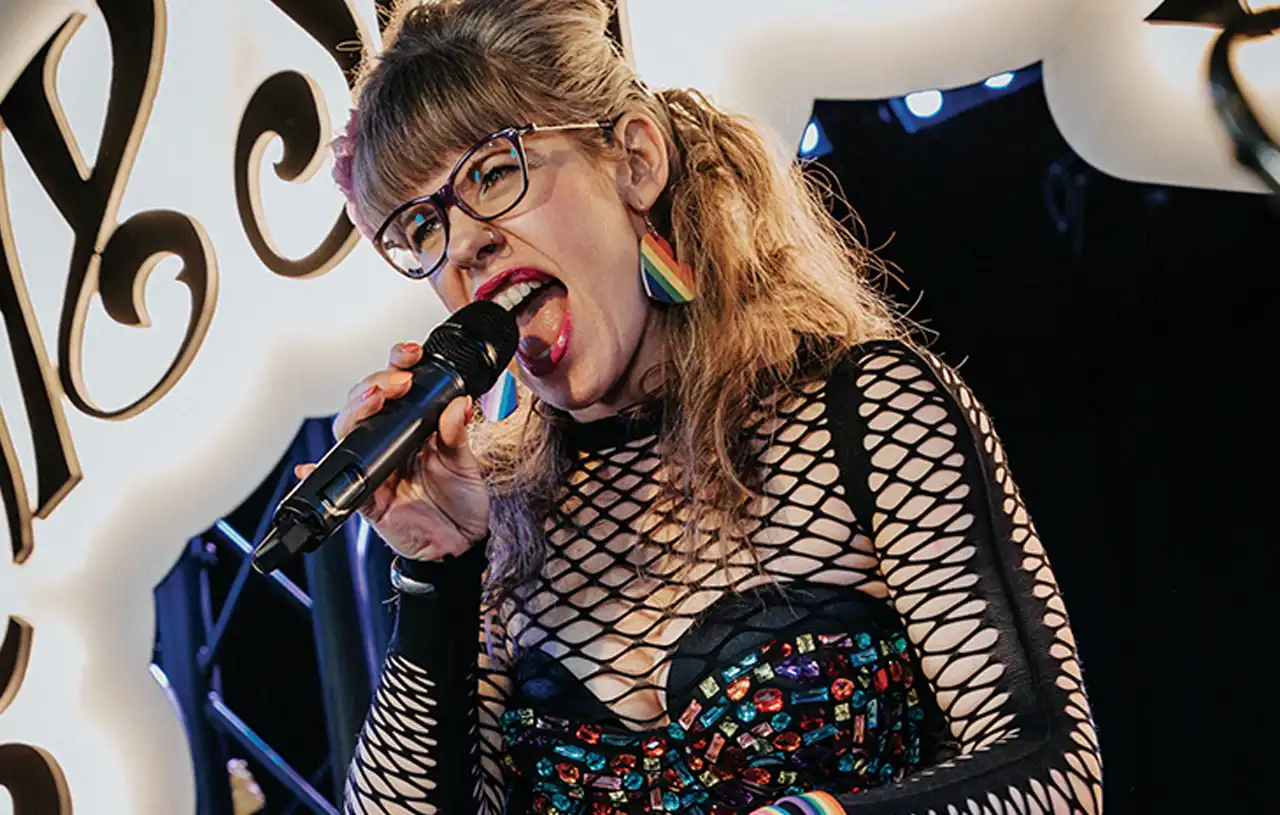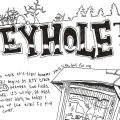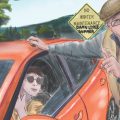A Wasaga Beach gallery’s extraordinary collection of sunny, vibrant canvases by Indigenous artists from Ontario and Quebec explores the environment—and our place in it.
by Dianne Rinehart
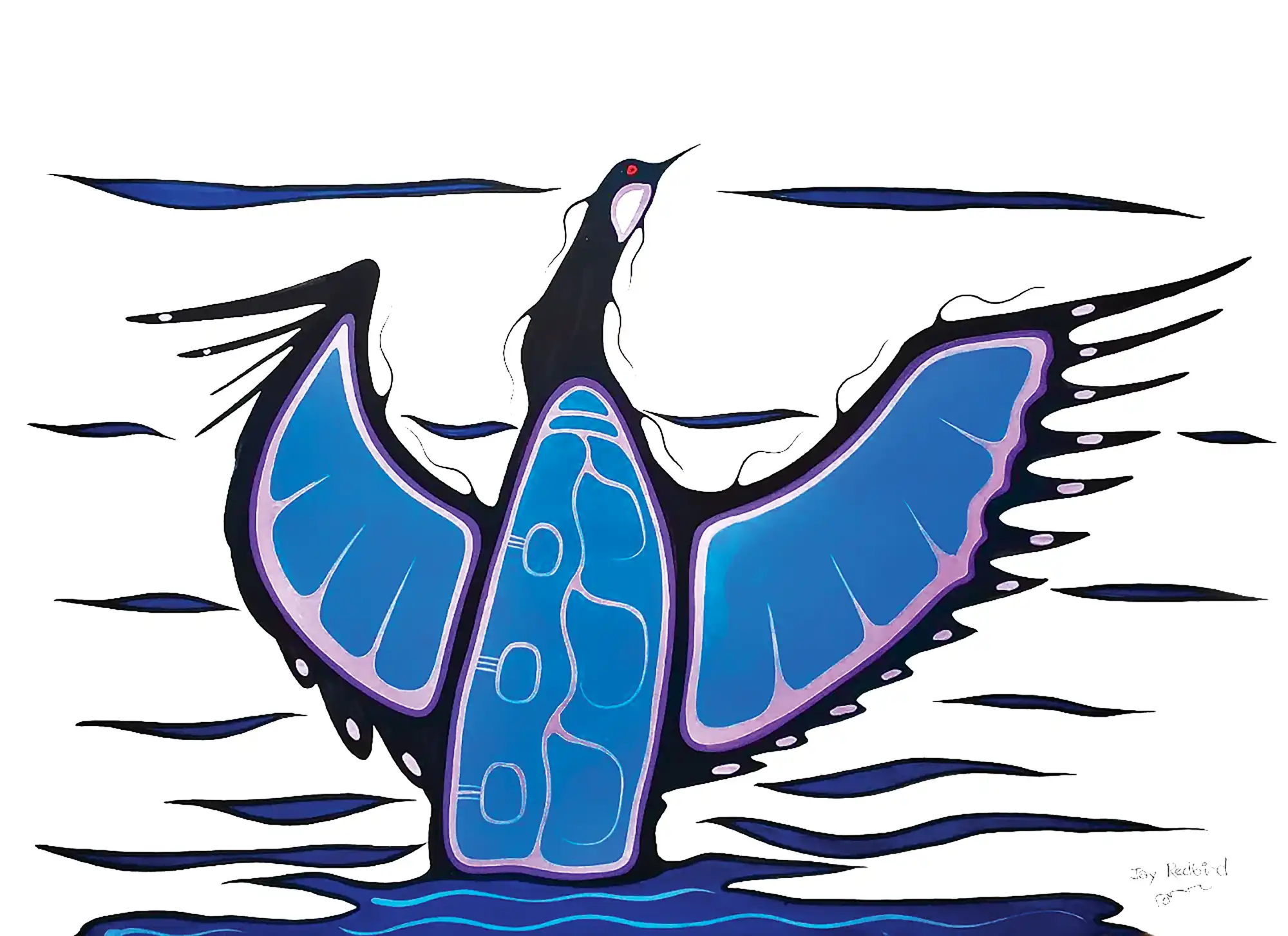
A garage may seem like an inauspicious place to set up a gallery.
But when you step into David Spector’s garage in Wasaga Beach, you had better be prepared for the breathtaking beauty of what might be one of the largest collections of spectacular, brightly painted Indigenous art works in all of Canada.
That garage—or “art barn,” as Spector refers to it—is Shorelane Arts, a gallery built around a for-sale collection Spector has been buying and building since the ‘90s.
Spector learned about collecting Indigenous art and artifacts at an early age. From the age of five to 12, he lived overseas in West Africa and Jamaica where his father, a professor, worked for the Canadian International Development Agency.
His father became a collector of Indigenous artifacts on his postings. Later, when he returned to Ontario to teach, he continued to collect, driving around northern Ontario on his motorcycle and buying Indigenous paintings.
“I was in my teens then, and got a flavour (for the art),” Spector says. “I like the spirituality of the art. I like the colours, the composition, the uniqueness—and the fact it is real Canadian. It reflects our environment and nature, which is what everyone is talking about today.”
Best exemplified by the works of the late Norval Morrisseau, an Ojibway artist from northern Ontario, Woodland Art explores spirituality through the relationships between people, animals and nature.
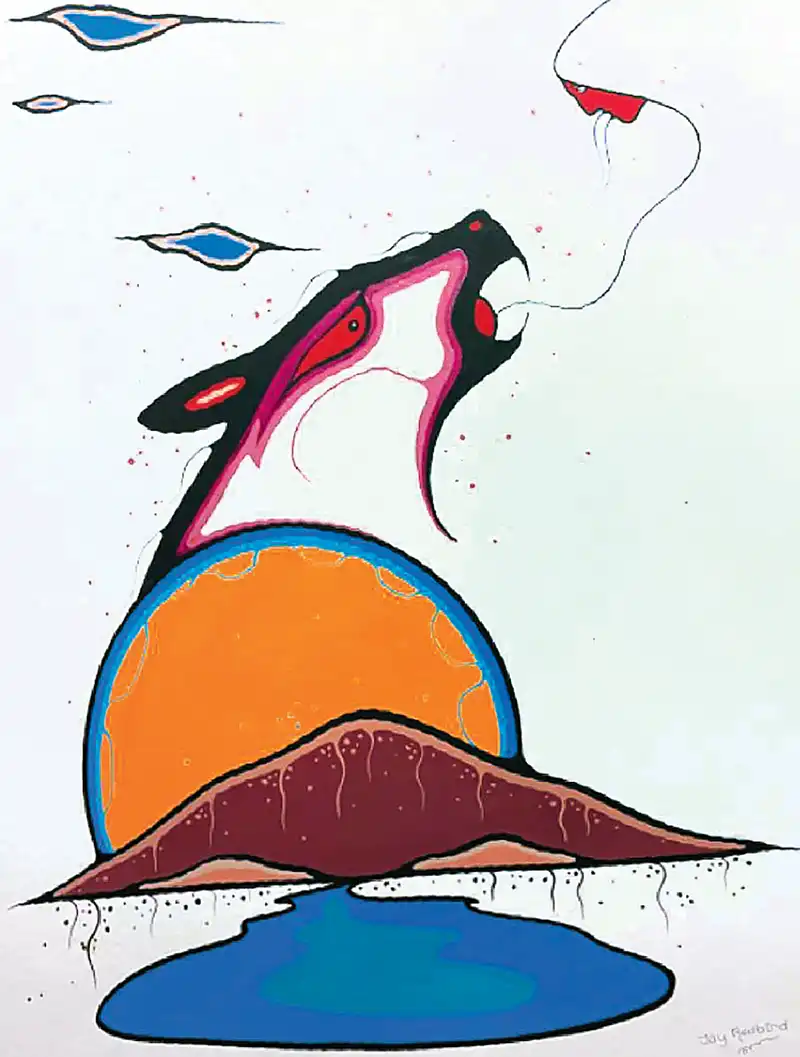
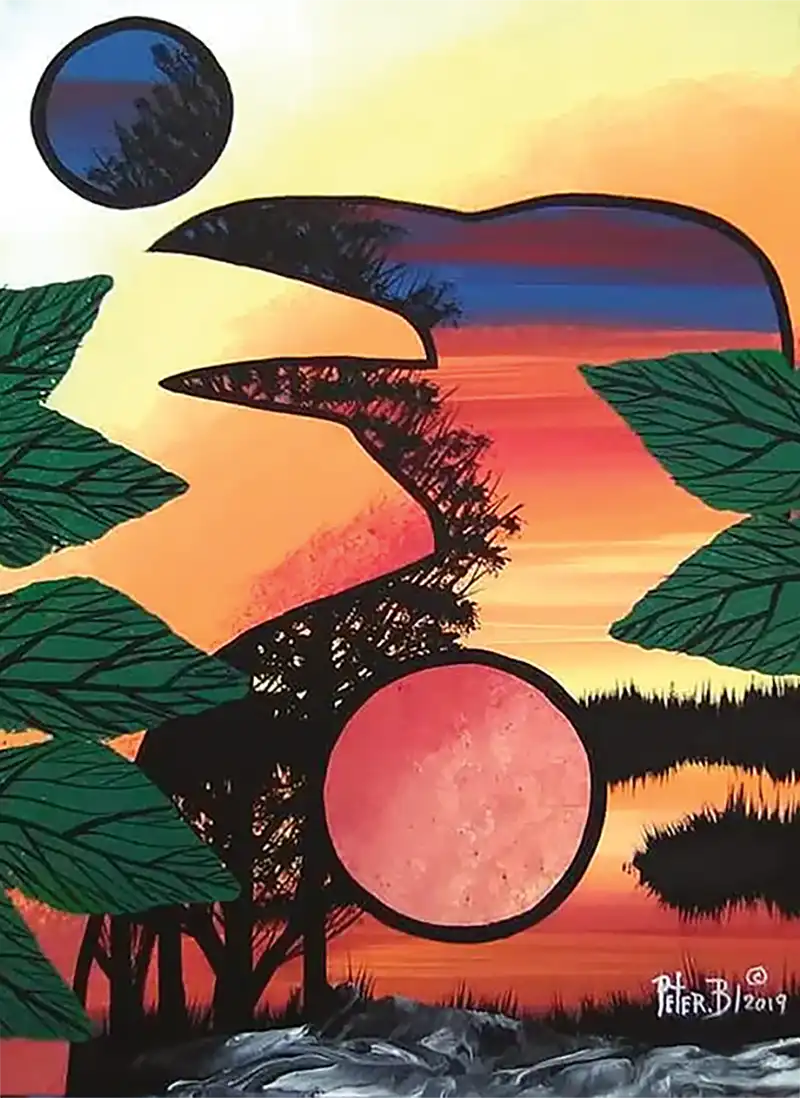
Spector followed in his father’s footsteps travelling around northern Ontario—Thunder Bay, Kenora, Kirkland Lake—and northern Quebec, meeting with Indigenous artists and, as he puts it, “buying quite a few paintings.”
Spector never bought prints, only originals. And he always bought them directly from the artists or the reserves where these artists painted to ensure their authenticity, he says.
Authenticity is key, as one of the largest art fraud cases to ever emerge is playing out in Ontario courts right now over forgeries of Norval Morrisseau’s paintings.
And, Spector says, he only picked out “their best paintings at the best times they painted,” referring to the challenges that many Indigenous artists went through. “Everyone goes through issues in life, but they tend to have had it a lot worse. A number were affected by the residential schools. And they have a lot of stories about how that ripped apart their families and affected their art, how it affected them mentally and physically.”
At one showing of his collection in Wasaga Beach at the Stonebridge Town Centre, Spector asked an elder to come in and open the exhibit. She put stones on a table, representing family members, and demonstrated how when children were taken away, the whole community fell apart.
“Just imagine what it would do to the overall population if that happened [to everyone],” says Spector, relating it to what happened when COVID separated families.
By the time Spector was in his thirties and forties, he was inviting Indigenous artists, whose works he had been collecting, to stay and paint in a cabin beside his home overlooking the shores of Georgian Bay in Wasaga Beach.
One of the artists who stayed with him was the late Jay Bell Redbird, who worked in the film industry in Toronto and sold works to Hollywood actors, including Russell Crowe, Danny DeVito and Meg Ryan.
The style of art Spector has collected is known as Woodland Art. Best exemplified by the works of the late Norval Morrisseau, an Ojibway artist from northern Ontario, Woodland Art explores spirituality through the relationships between people, animals and nature.
“And this is what we’re talking about when we’re talking about the environment,” Spector says. He says the art has a lot to teach about what Canada was like before settlers came. “The fact is we have Indigenous peoples in Canada, their art is completely unique, and we can learn a lot.”
Part of Spector’s collection is made up of works by Norval Morrisseau’s son, Christian. Spector also carries works from artists such as Peter Bighetty, Richard Bedwash, Paul Kohoko, Brian Marion, Frank Poison, Redbird, Steven Snake and Roy Thomas. “These are not brand-new paintings,” he explains. They were painted from 1995 to 2001.
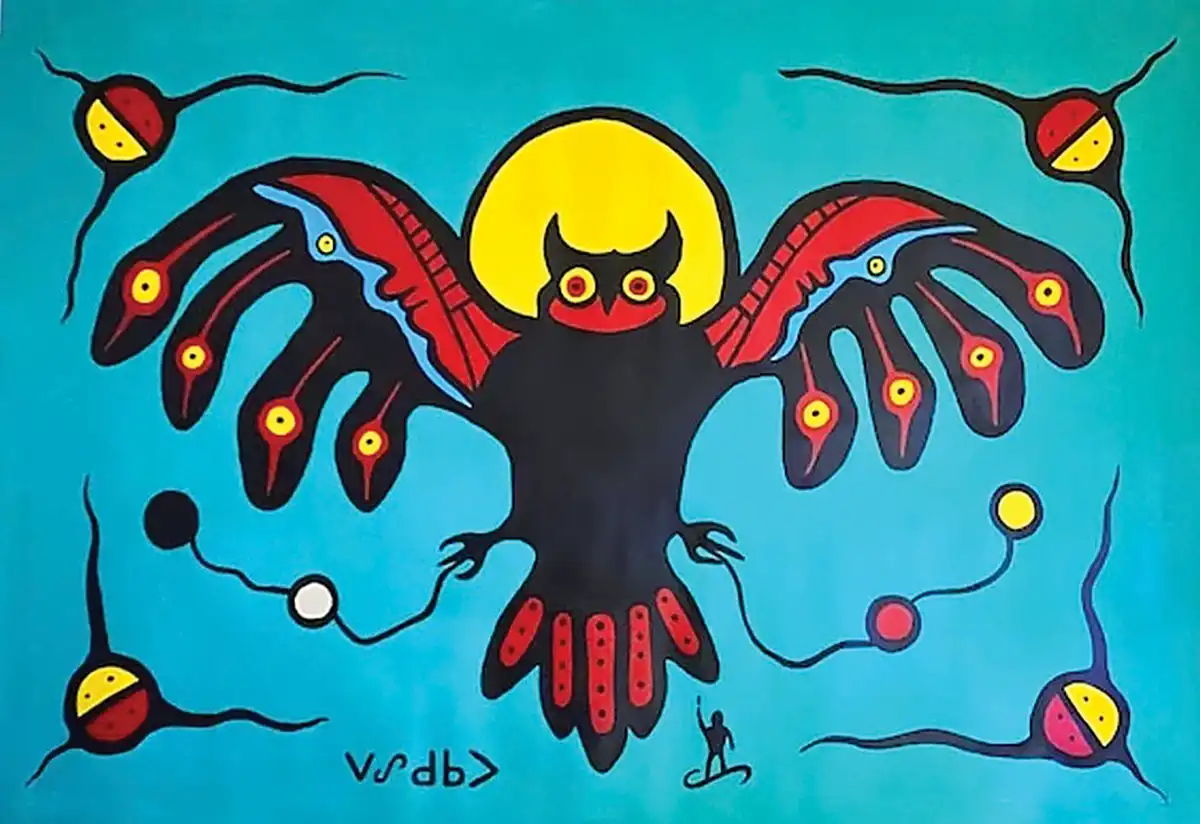
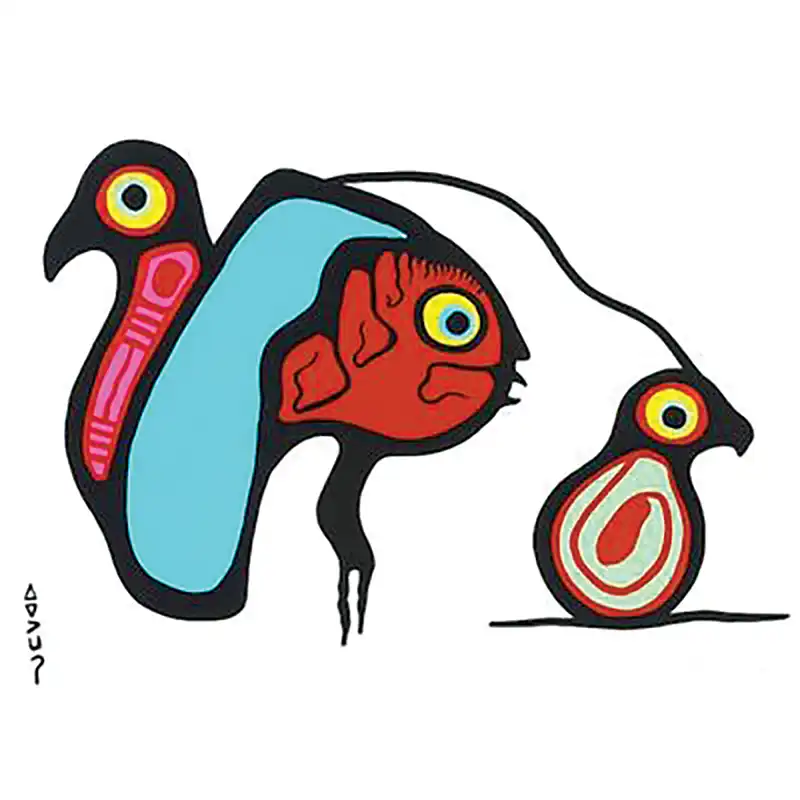
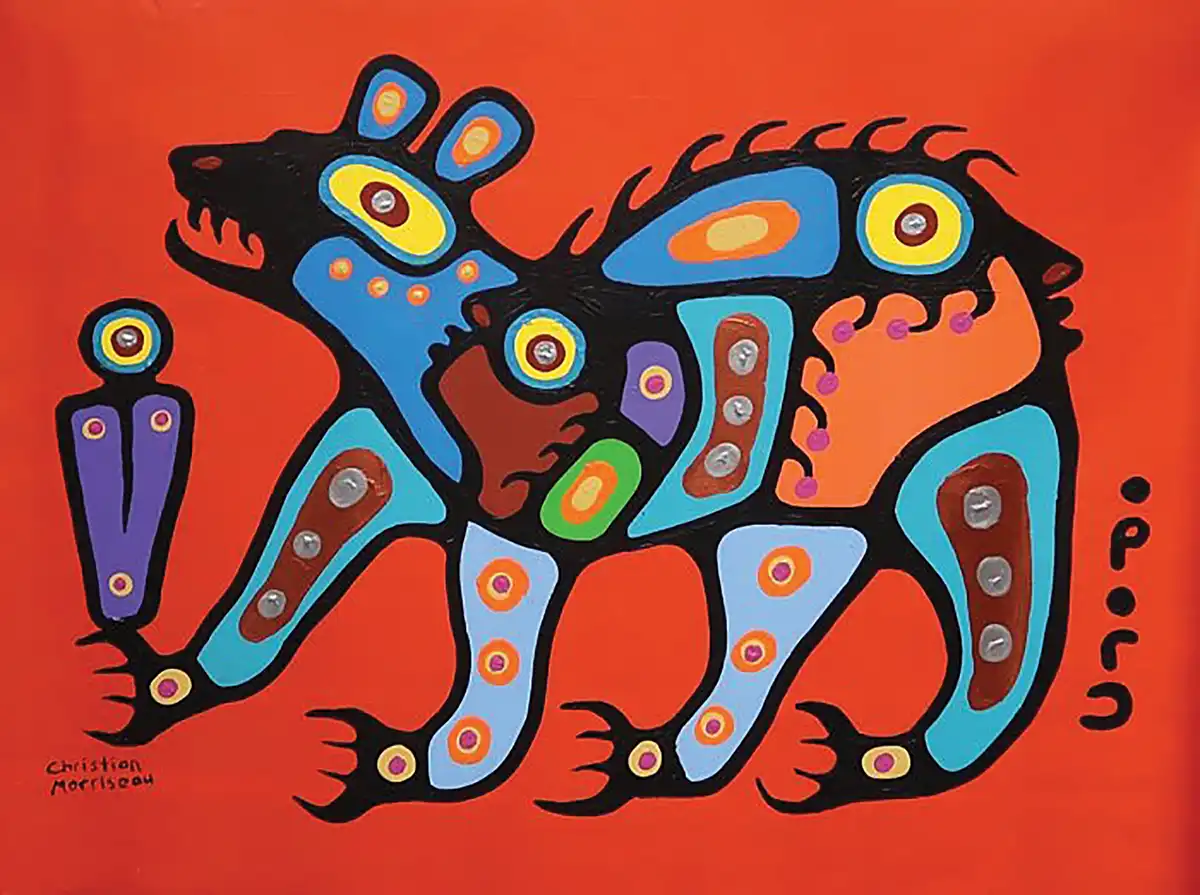
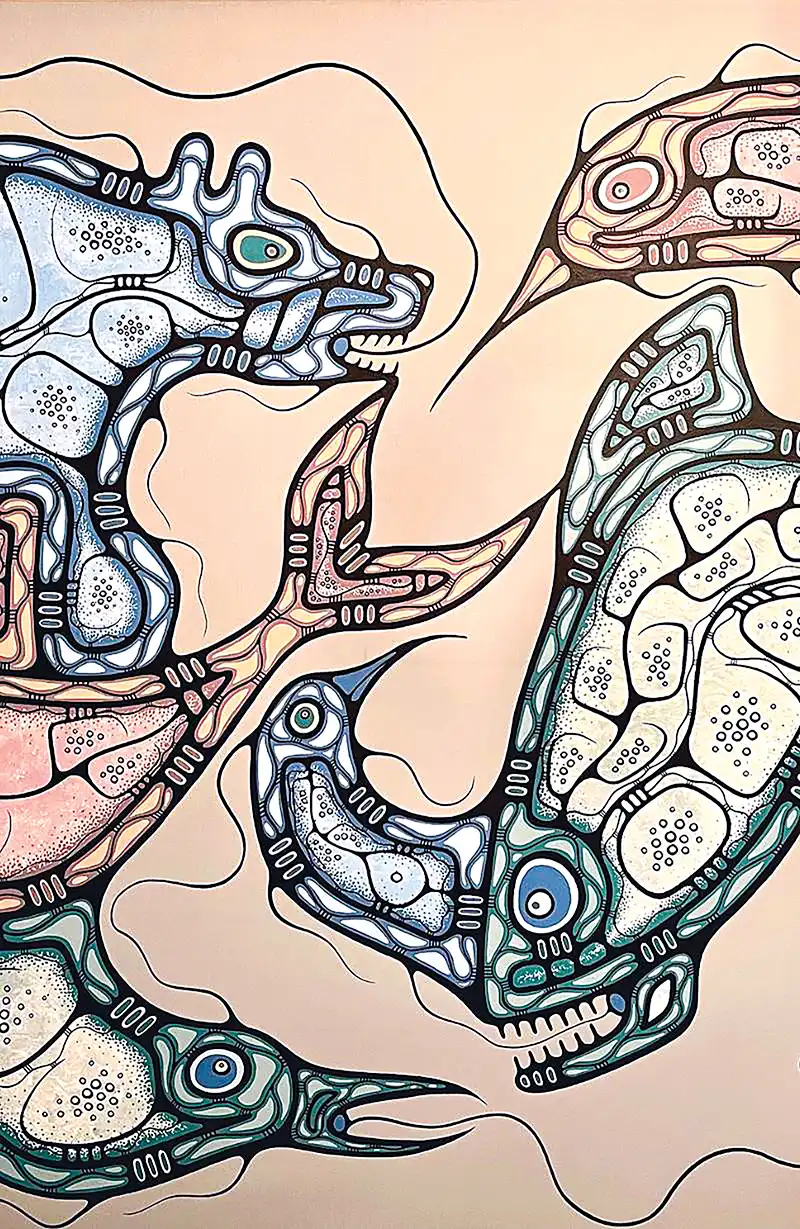
And the names of those artists are becoming more and more recognized.
Indeed, the artists Norval Morrisseau, Daphne Odjig, Alex Janvier, Jackson Beardy, Eddy Cobiness, Carl Ray and Joseph Sanchez are now collectively known as the Indigenous Group of Seven.
Indigenous art may be a good investment, as Spector points out. But oh, to have it hanging on the wall of your home. Woodland Art’s characteristically vivid colours could brighten the most dismal of winter days.
Spector’s home, next to the property where he has created the gallery, is awash in gorgeous paintings by artists such as Noval Morrisseau, Nori Peter, Clifford Maracle, and many more. He has no plans to sell those.
But his garage gallery is overflowing with beautifully framed paintings hanging on the walls and stacked upright on the floor.
When the art is not hanging in Spector’s gallery, it is touring in showings in the area from the Collingwood Public Library to Wasaga Beach’s Stonebridge Town Centre to the RecPlex Community Centre.
Canada, says Spector, “is such a big country. There’s not much history here,” he says, except for that of Indigenous peoples.
And this is their spectacular art.







